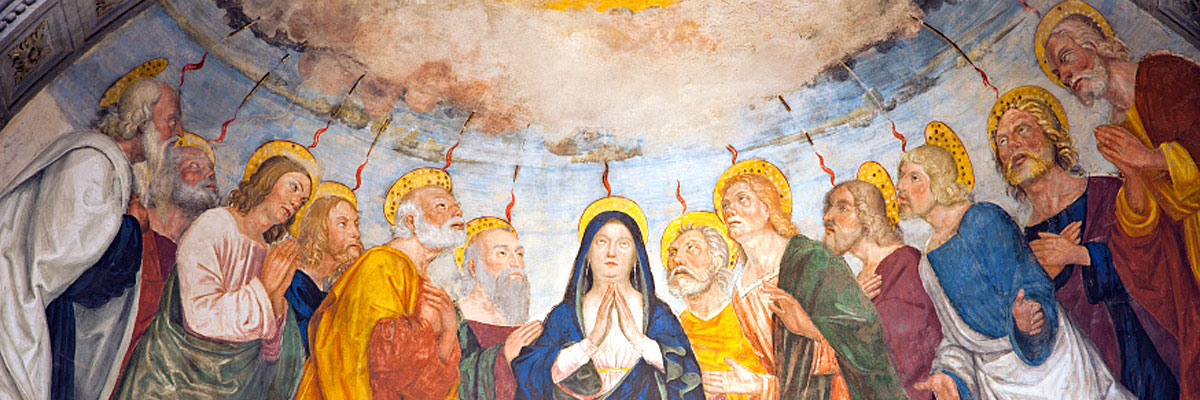
Understanding Our Church
A Treasury of Arkansas Writers Discussing the Catholic Faith
Official Website of the
Catholic Diocese of Little Rock
The resurrection of Christ is not legend, but a real, historical event
Published: June 7, 2003
By Charley Sullivan
The message, the mission and the meaning of Jesus seemed to come to an abrupt end with his violent and shameful death on the cross. Nevertheless, the good news of the living Son of God spread throughout the then-known world shortly after that first Passion Friday with a dynamic force we can still barely comprehend these two millennia later. How did this sudden change come about?
According to the unanimous witness of the New Testament, this remarkable revitalization finds its origin and impetus in the resurrection of the Lord. The resurrection of Jesus from the dead, together with the message of the cross, is at the foundation and center of our Christian faith.
Its certainty is a defined dogma and the basis for Catholic belief that all steadfast Christians will one day share a glorious, heavenly life with God. “If Christ has not been raised,” said St. Paul, “then our faith is futile …” and “… we are fools to be pitied.” (1 Cor 15:17, 19)
The resurrection, thus, remains at the very heart of the mystery of faith as something that transcends and surpasses history; a mystery that we recall and proclaim at every Mass in every age and era: “Christ has died; Christ is risen; Christ will come again.” Although no one was an eyewitness to the resurrection and the writings of the four evangelists fail to describe it, the mystery of Christ’s victory over death is nonetheless a real event, with manifestations that can be historically verified in both scriptural and extra-biblical sources.
Father Roch A. Kereszty, in his book, “Jesus Christ: Fundamentals of a Christology,” outlines some of these non-disputable facts as follows: Jesus of Nazareth was executed by crucifixion under Pontius Pilate. This manner of death was a scandal that shook the immature faith of even his closest disciples.
Yet, soon after his death, these same disciples begin to assert his resurrection from the dead. They do not merely affirm that his “cause” continues. Rather, they announce his bodily resurrection and proclaim Jesus, in a transformed body, personally lives now both in God and among and within his disciples. The disciples insist this proclamation is based on eyewitness testimony. Peter and other followers of Christ (as well as Paul, former enemy of the Church) testify publicly they have seen Jesus alive after his crucifixion.
The tomb of Jesus is found empty. If the story of the tomb had been a later legend or myth added on to the Gospel, it certainly would not have been linked to “the women,” but rather to one of the apostles, the official witnesses of the early Church. Belief in the resurrection radically transforms the outlook and the lives of the disciples.
The group, once scattered in despair, soon reassembles and, in spite of a growing storm of persecution, proclaims the resurrection with courage and a serene self-confidence. Many of the eyewitnesses to the risen Christ, in particular Peter, Paul and James, the “brother of the Lord,” suffer martyrdom for their now-unshakeable faith.
As a result of their preaching, millions come to accept the Christian faith, including belief in the resurrection of Christ. The pagan multitudes are ready to accept the “good news” precisely because the testimony of eyewitnesses to the risen Christ leaves them with an inescapable conviction: These men preach the truth since they speak about what they have seen and heard.



